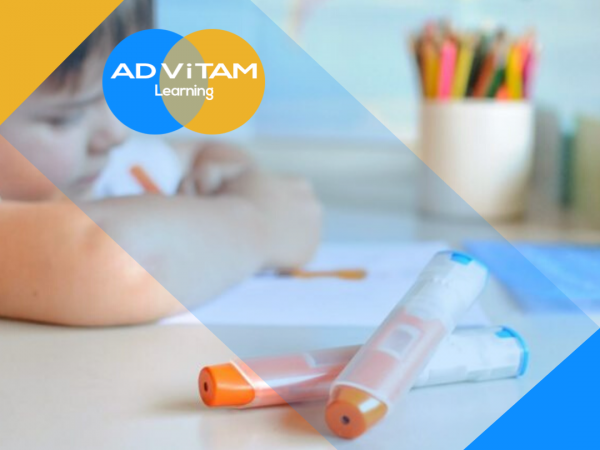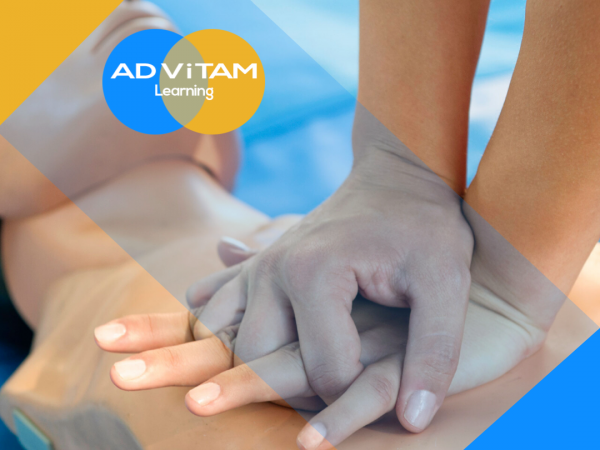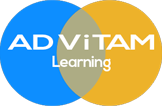Description
Welcome to our online First Aid, Cardiopulmonary Resuscitation (CPR) and Automated External Defibrillator (AED) training course for all sectors. This online course was developed in line with the latest UK legislation and meet the requirements set out by the National Health Service (NHS), UK Core Skills Training Framework (CSTF), the Care Quality Commission (CQC), Skills for Care, Health and Safety Executive (HSE) and other professional and regulatory bodies.
Advitam Learning is a leading UK provider of accredited online training courses, programmes and qualifications that are approved by the CPD Certification Service (CPDUK), Training Qualifications UK (TQUK), RoSPA, IATP, IFE, IIRSM and Gatehouse Awards.
Certificate duration: 2 years
Entry requirements: No entry restrictions
Recommended prerequisites: N/A
Assessment type: End of course assessment
Assessment pass mark – 80% needed to pass and gain a CPD certificate
Cost(s) of assessment and certification – All costs included in the course price
Awarding/Accrediting body – CPD Certification Service (CPDUK)
Who is the course for?
This online First Aid, CPR and AED training course is suitable for those who are interested in furthering their emergency first aid skills, or already take part in an organised first aid scheme. If you are a health care worker, then this course will serve as a basic module.
What is covered in this course?
This First Aid, CPR and AED e-learning course covers the following:
- Be aware of the importance of automated external defibrillation (AED)
- Be familiar with the chain of survival
- Understand how the heart and its electrical system works
- Have an awareness of the main heart rhythms
- Know how to complete the primary survey
- Know how to deal with an unconscious victim
- Know how to administer CPR, including hands-only CPR
- Be familiar with the functions of an AED
- Understand the safety features of the AED
- Know the differences between adult and paediatric CPR algorithms
- Understand the effects of post-traumatic stress disorder
- Be able to support a choking victim (adult and paediatric)
- Be familiar with the symptoms of angina and heart attack
- Know what to do when you suspect angina or heart attack
- Know the differences between adult and paediatric CPR algorithms
- Understand the effects of post-traumatic stress disorder
- Be able to support a choking victim (adult and paediatric)
- Be familiar with the symptoms of angina and heart attack
- Know what to do when you suspect angina or heart attack
Course aims
The aims and objectives of this online First Aid, CPR and AED training course are to equip the first aider with critical skills that can be applied in emergencies across various settings.
Learning outcomes
On completion of this online First Aid, CPR and AED training course, the learner will be able to:
- Recognise when someone is unwell,
- Know the causes of cardiac arrest,
- Know the chain of survival,
- Perform a primary survey,
- Know how to use the AED safely,
- Deliver adult and child CPR effectively, and
- Help an adult/child choking victim.
What is first aid?
First aid is the assistance given to any person suffering a sudden illness or injury, with care provided to preserve life, prevent the condition from worsening, or to promote recovery.
What is cardiopulmonary resuscitation?
Cardiopulmonary resuscitation (CPR) is an emergency procedure that combines chest compressions often with artificial ventilation to manually preserve intact brain function until further measures are taken to restore spontaneous blood circulation and to breathe in a person who is in cardiac arrest. It is recommended in those who are unresponsive with no breathing or abnormal breathing, for example, agonal respirations.
CPR involves chest compressions for adults between 5 cm (2.0 in) and 6 cm (2.4 in) deep and at a rate of at least 100 to 120 per minute. The rescuer may also provide artificial ventilation by either exhaling air into the subject’s mouth or nose (mouth-to-mouth resuscitation) or using a device that pushes air into the subject’s lungs (mechanical ventilation). Current recommendations emphasise early and high-quality chest compressions over artificial ventilation; a simplified CPR method involving chest compressions only is recommended for untrained rescuers. In children, however, only doing compressions may result in worse outcomes.
What is an automated external defibrillator?
An automated external defibrillator (AED) is a portable electronic device that automatically diagnoses the life-threatening cardiac arrhythmias of ventricular fibrillation and pulseless ventricular tachycardia, and can treat them through defibrillation, the application of electricity which stops the arrhythmia, allowing the heart to reestablish an effective rhythm.
With simple audio and visual commands, AEDs are designed to be simple to use for the layperson, and the use of AEDs is taught in many first aid, certified first responder, and basic life support (BLS) level cardiopulmonary resuscitation (CPR) classes.
The portable version of the defibrillator was invented in the mid-1960s by Frank Pantridge in Belfast, Northern Ireland.
Why is online First Aid training essential?
Learning first aid can help you feel more prepared and able to cope in an emergency. For businesses, it can also help manage risks and reduce time lost due to illness or injury.
You never know when you might need to help a colleague, friend, family member, or even someone you don’t know; we think everyone should have the skills and confidence to act in an emergency.
With a wide range of e-learning courses and programs, we are the UK’s first aid and health and safety trainer of choice for hundreds of thousands of companies, local authorities, and members of the public.








